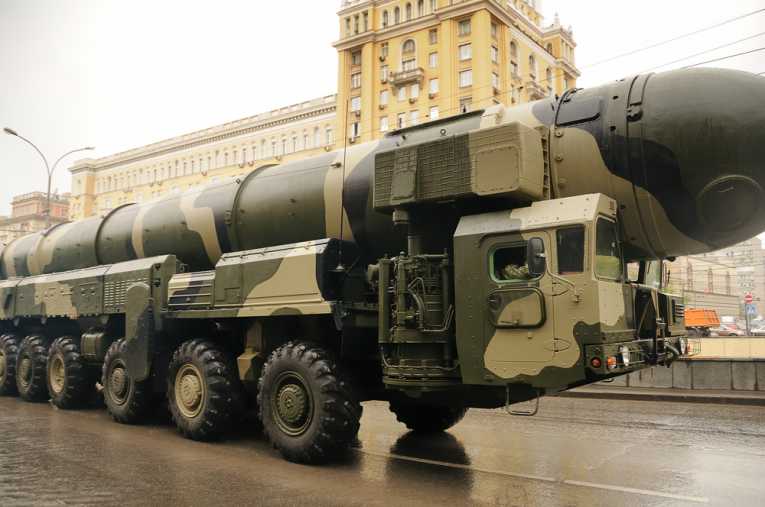Five decade's worth of spent nuclear waste poses a huge challenge for the U. S. Department of Energy, which is responsible for safely storing the waste generated over the past 50-plus years. The bulk of the deadly waste was generated during the Cold War era arms race, as the superpowers developed and stockpiled ever-deadlier nuclear weapons and technologies.
Seven papers published recently in Technology and Innovation, Proceedings of the National Academy of Inventors describe efforts to insure continued safe storage of the highly radioactive waste. U.S. weapons development and nuclear research programs contaminated soil covering two million acres in 35 states, at a time when there was little technology or infrastructure in place to deal with the fallout, both literal and metaphorical.

Nuclear radiation danger sign via Shutterstock
Many problems created during the headlong rush to win the war of brinksmanship have yet to be solved. "Many of the excess facilities awaiting deactivation and decommissioning are one-of-a-kind or unique to the DOE, with unprecedented scope and complexity," said the authors. "In many cases, the necessary technologies are not yet developed or, if developed, they require significant re-engineering to fit DOE needs."
For instance, some spent nuclear fuel may safely be managed through mid-term storage, lasting up to seven decades, but other wastes require far longer-term storage (up to 100 years or more) and plans for storing that waste require "strengthened technology and management programs". Some of the problems addressed in some of the papers include groundwater that's been contaminated with uranium.










